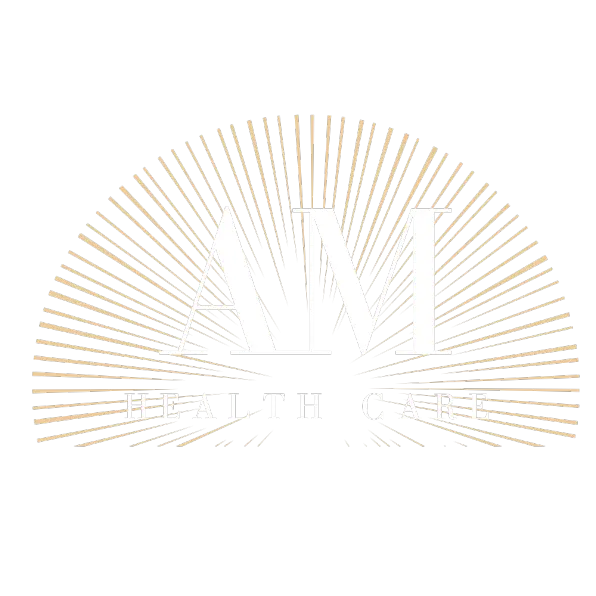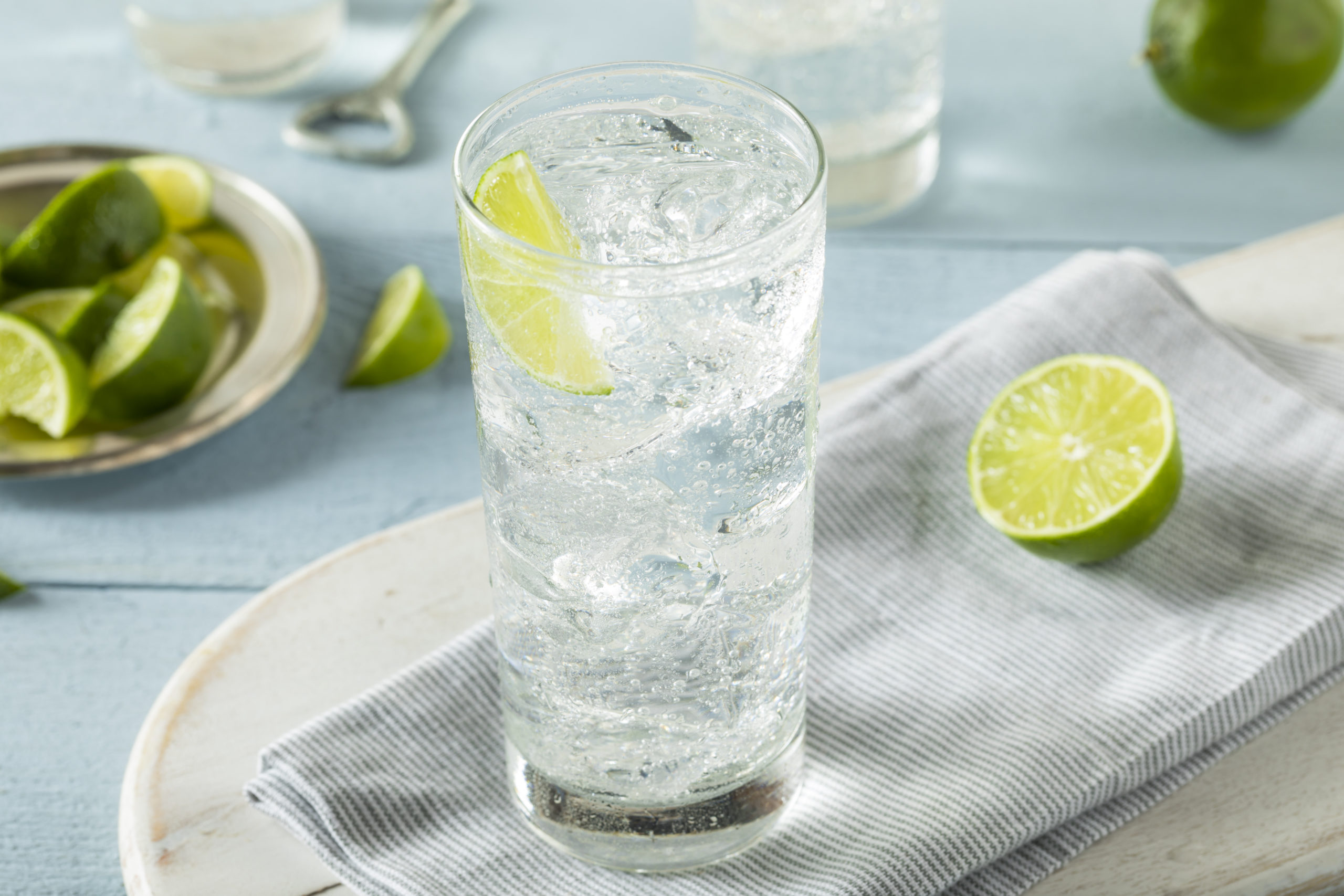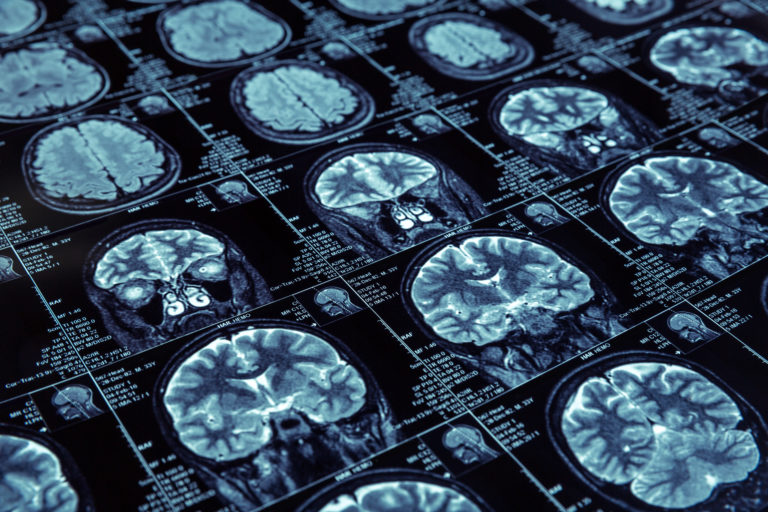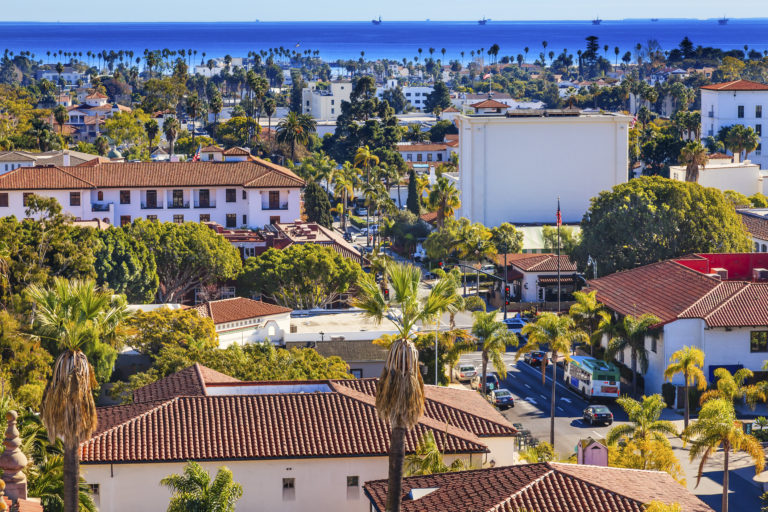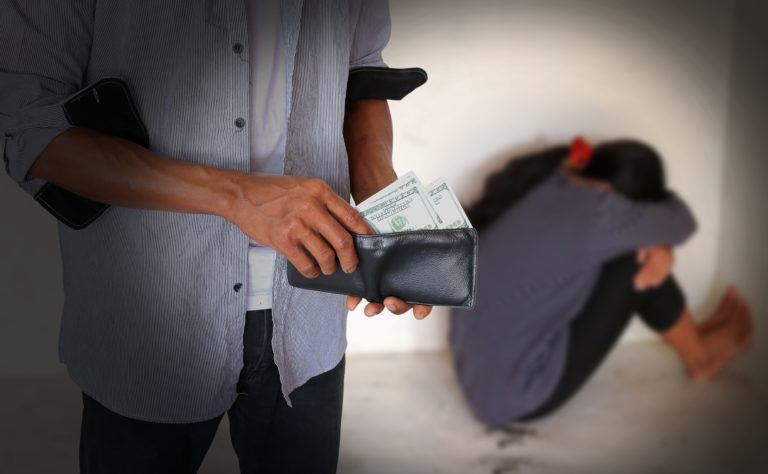If you’ve been following Super Bowl commercials or even the highlighted items in your local grocery store, then you’re probably aware of the enormous popularity of sparkling water. Brands like Bubly, La Croix and many others are cashing in on a hot trend that has replaced the likes of Arrowhead and Evian. Well, not surprisingly, the alcohol industry has quickly followed suit, with their own boozy blend of “Hard Water.”
The Hard Water craze is attempting to capitalize on the same marketplace as the other seltzer families. They tout themselves as refreshing, low calorie and enhanced with spritzes of fruit flavors. But they also come with a heavy alcohol quotient, which is something people should be aware of before they make a purchase.
The popular beer brand Pabst Blue Ribbon, for example, has issued a major marketing campaign for their “Stronger Seltzer” concoction. Of course, they are highlighting the “health” angle, emphasizing that this particular product only has 1 gram of sugar per each 16 ounce can. But Stronger Seltzer also includes 8 percent alcohol by volume (ABV), which is an intense amount of booze.
Anheuser-Busch’s Natural Light brand is also pushing a brand of hard water, which it just calls Seltzer. Not quite as potent as Pabst’s product (this has 6 percent ABV vs. 8 percent), it can be quite dangerous in the hands of an alcoholic; though you wouldn’t know it from theie tantalizing social media posts.
And there is also a much trendier competitor on the alcoholic seltzer block as well. Hard2O got a lengthy feature piece on the Forbes website, praising the ingenuity of its two founders.
“We are building a new category,” co-founder Evan Hughes proudly told the site. “This is a lifestyle beverage. It’s perfect for boating, the beach, tailgates, golf, barbecues, after working out. It’s sessionable.”
As with other competitors, this vodka-laced brand touts its low calorie count (measuring at 40 per every 12-ounce bottle). But it is important to note that drinks like this can create just as much havoc as beer or hard liquor.
The worrisome fact about these new products is the way they encourage health-conscious people to indulge in alcoholic tendencies. It almost gives people an added excuse to dabble in addictive behavior.
Now we understand that not everyone who drinks heads toward alcoholism. But it can be a slippery slope for many and deceptive, welcoming advertising could be a dangerous pathway to a very bad habit.

